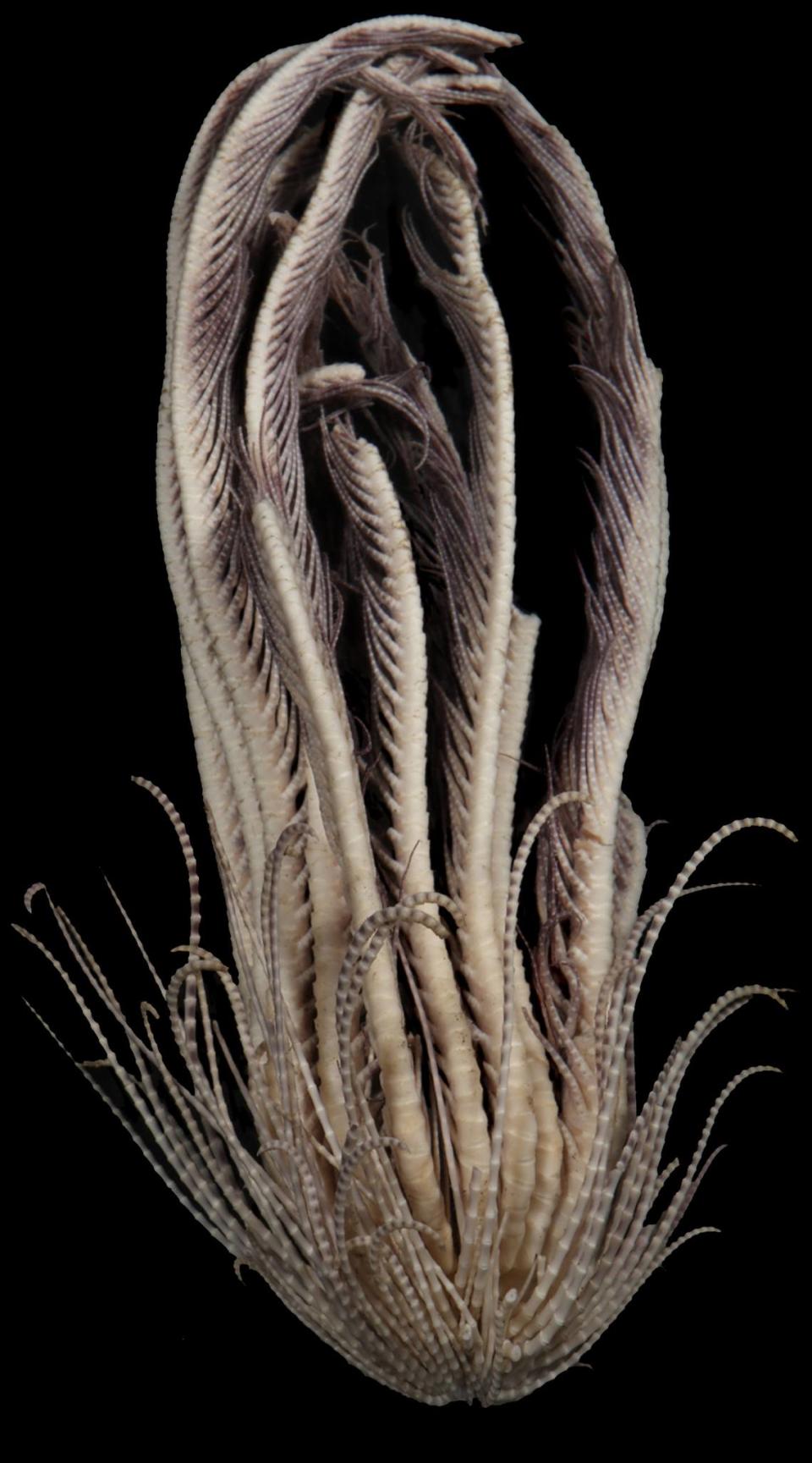Scientists on a research vessel near Antarctica pulled their nets out of the frigid ocean water. Among their catches, they discovered a 20-armed creature with a unique body shape.
It is a new species.
The researchers observed Antarctic Ocean According to a study published on July 14 in the journal Invertebrate system. They were looking for a group of so-called “hidden” sea animals promachocrinusor Antarctic Feather Stars.
According to the researchers, Antarctic feather stars are “huge” animals that can live at depths of 65 feet to 6,500 feet and have an “otherworldly appearance” when they swim. Although both are invertebrate sea animals, feather stars are different from the more familiar sea stars.
During the study, the researchers collected eight feather stars with a characteristic body shape and discovered a new species: Promachocrinus fragariusor the Antarctic Strawberry Feather Star.
According to the study, Antarctica’s Strawberry Plum star has 20 arms from its “strawberry-shaped” central body. Its color varies from “violent” to “dark red”. The researchers did not provide measurements of the animals’ overall size.
Photographs show that the new species has two types of appendages. Its short lower arms appear almost striped and plump, while its long upper arms appear almost feathery and soft.

A close-up photo shows the lower body of the Antarctic Strawberry Feather Star. It is roughly triangular in shape, broad at the top and tapering to a rounded lower end. The composition appears irregular, with circular indentations by broken arms.
The researchers named the new species after the Latin word for “strawberry” because the “(body) shape…resembles a strawberry.”

According to the researchers, the Antarctic strawberry plume star was observed throughout the Southern Ocean from a depth of about 215 feet to about 3,840 feet.
Identification of the new species was based on its body shape and analysis of its DNA, according to the study.
The investigative team consisted of Emily McLaughlin, Nerida Wilson, and Greg Rouse. The researchers also documented other species of Antarctic feather star, including three new species.





:quality(85)/cloudfront-us-east-1.images.arcpublishing.com/infobae/KTKFKR763RBZ5BDQZJ36S5QUHM.jpg)